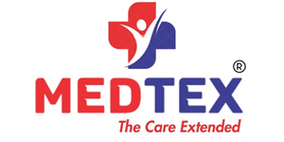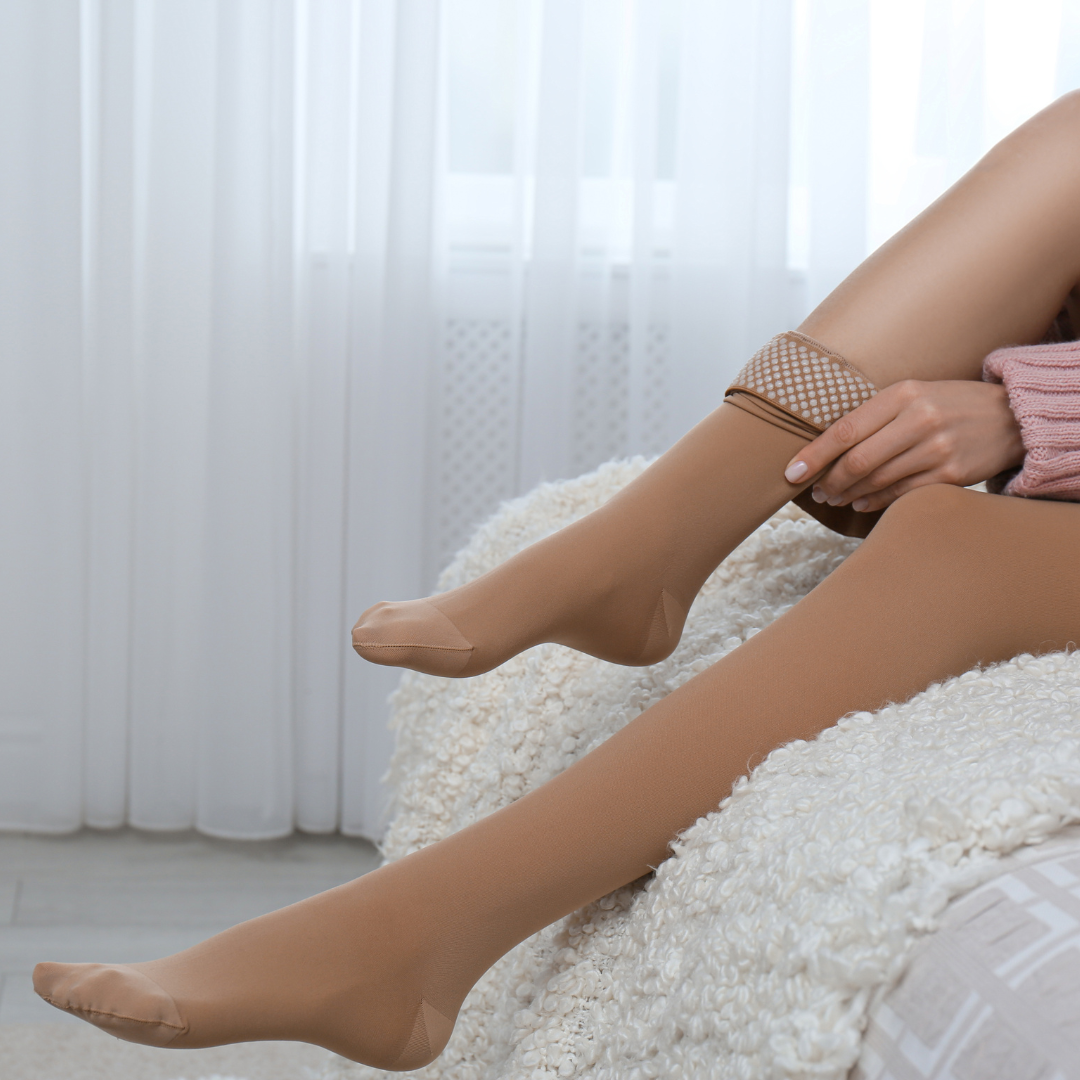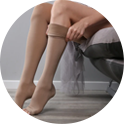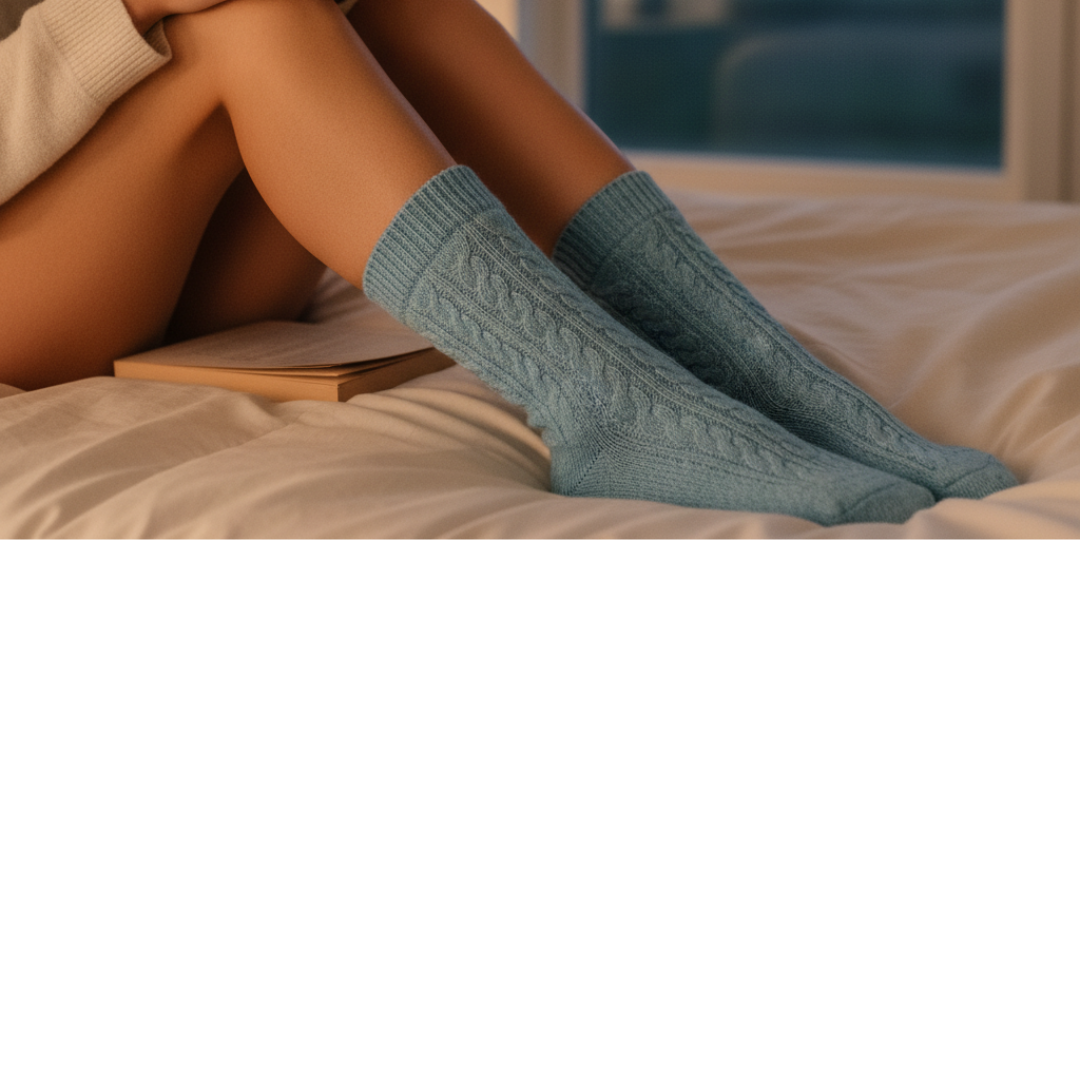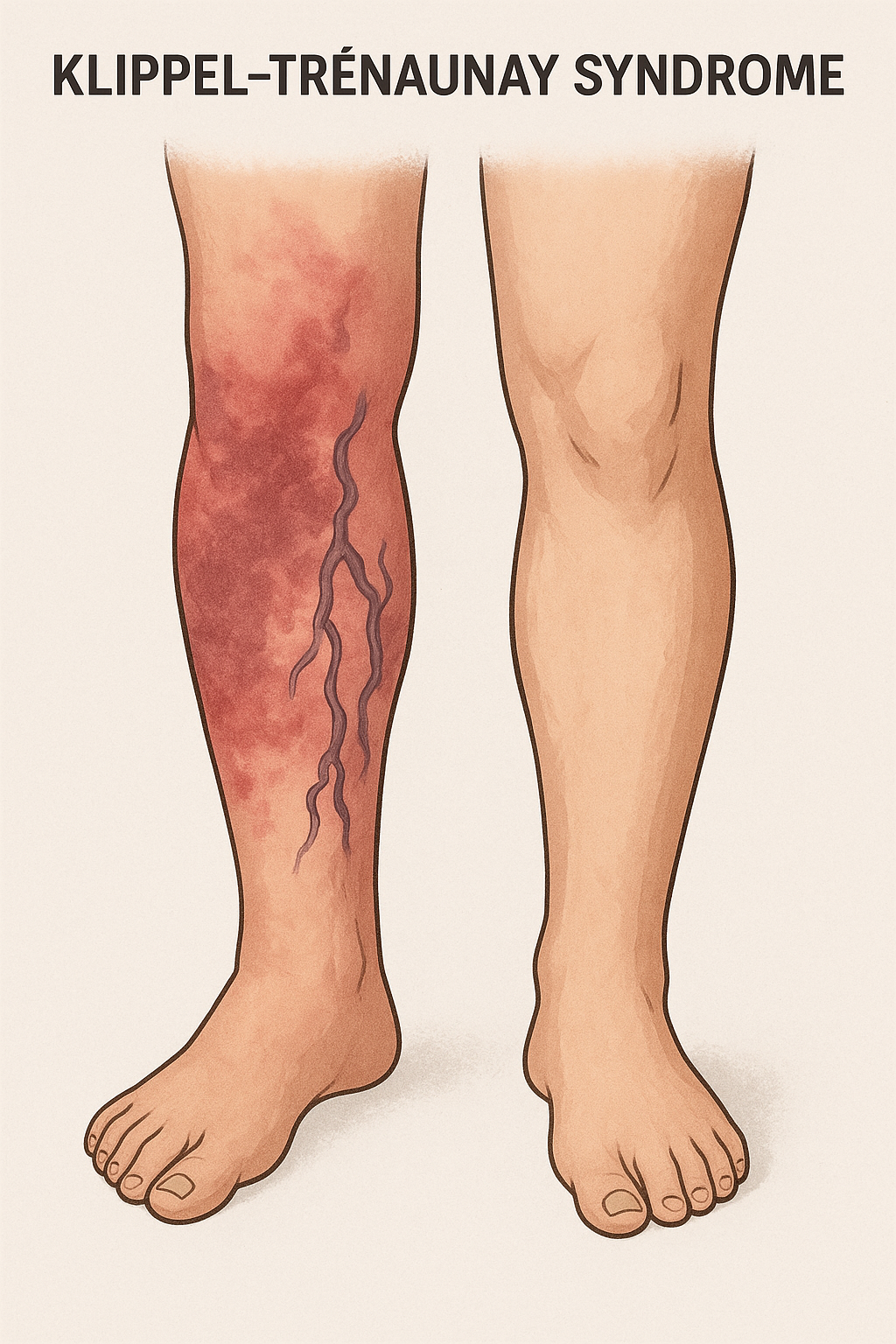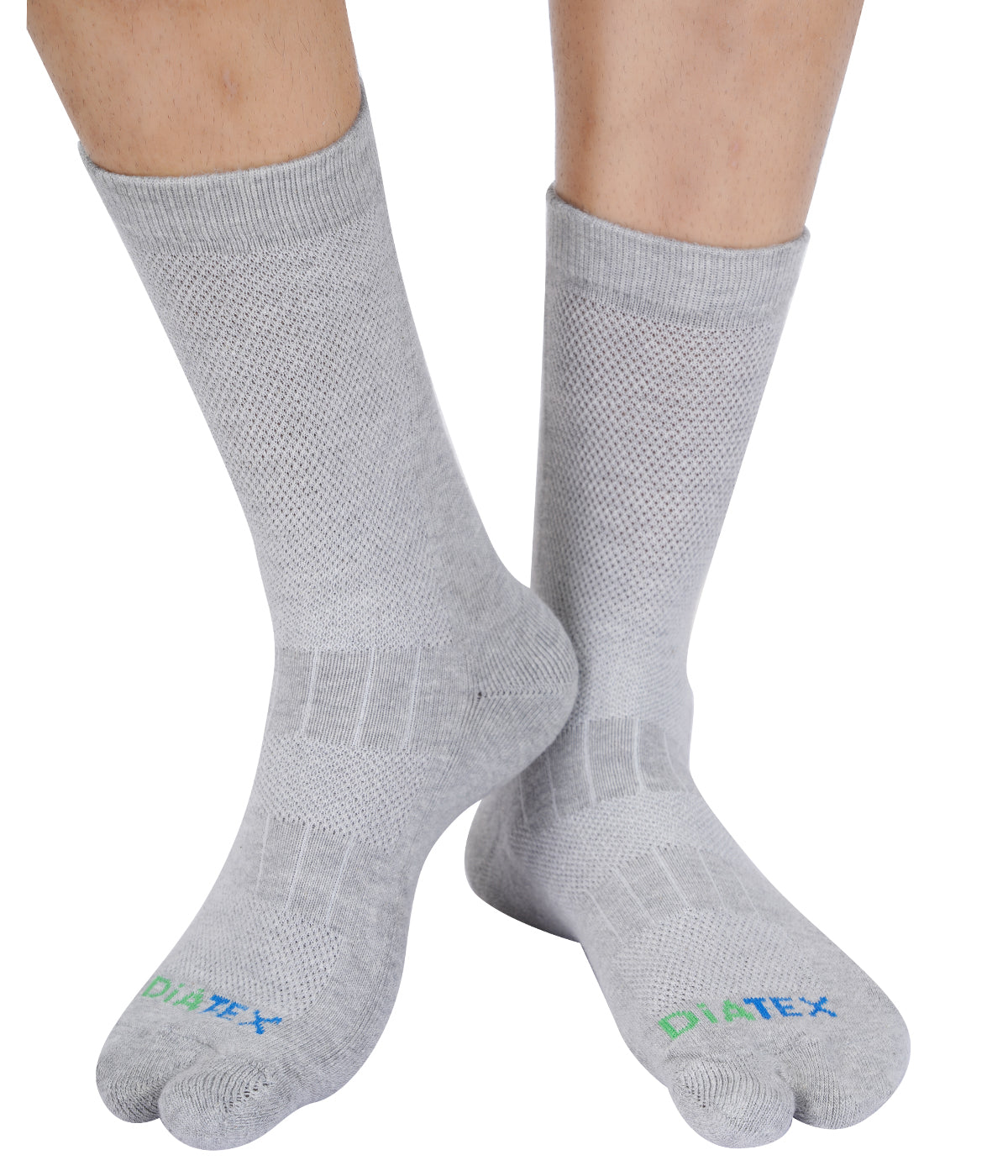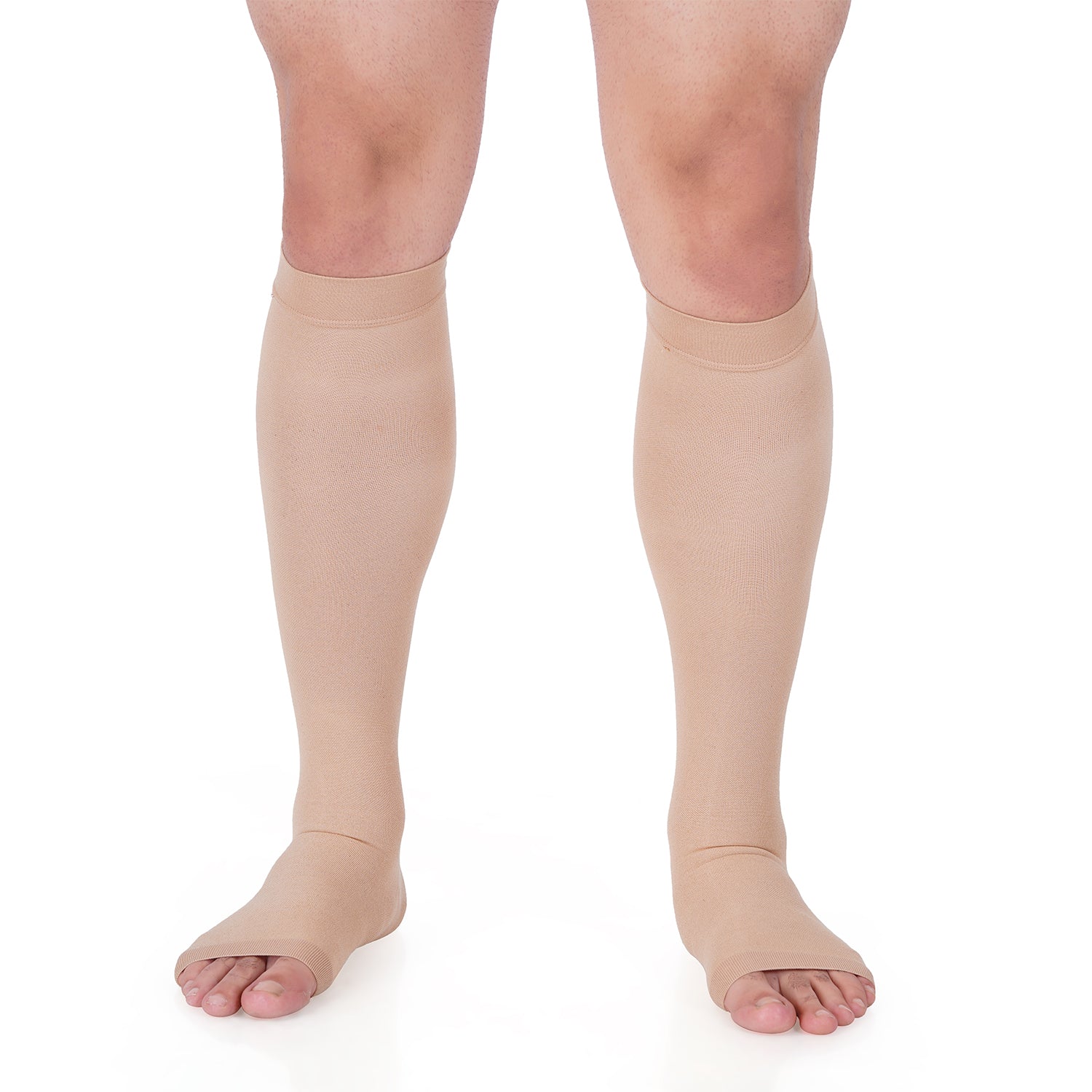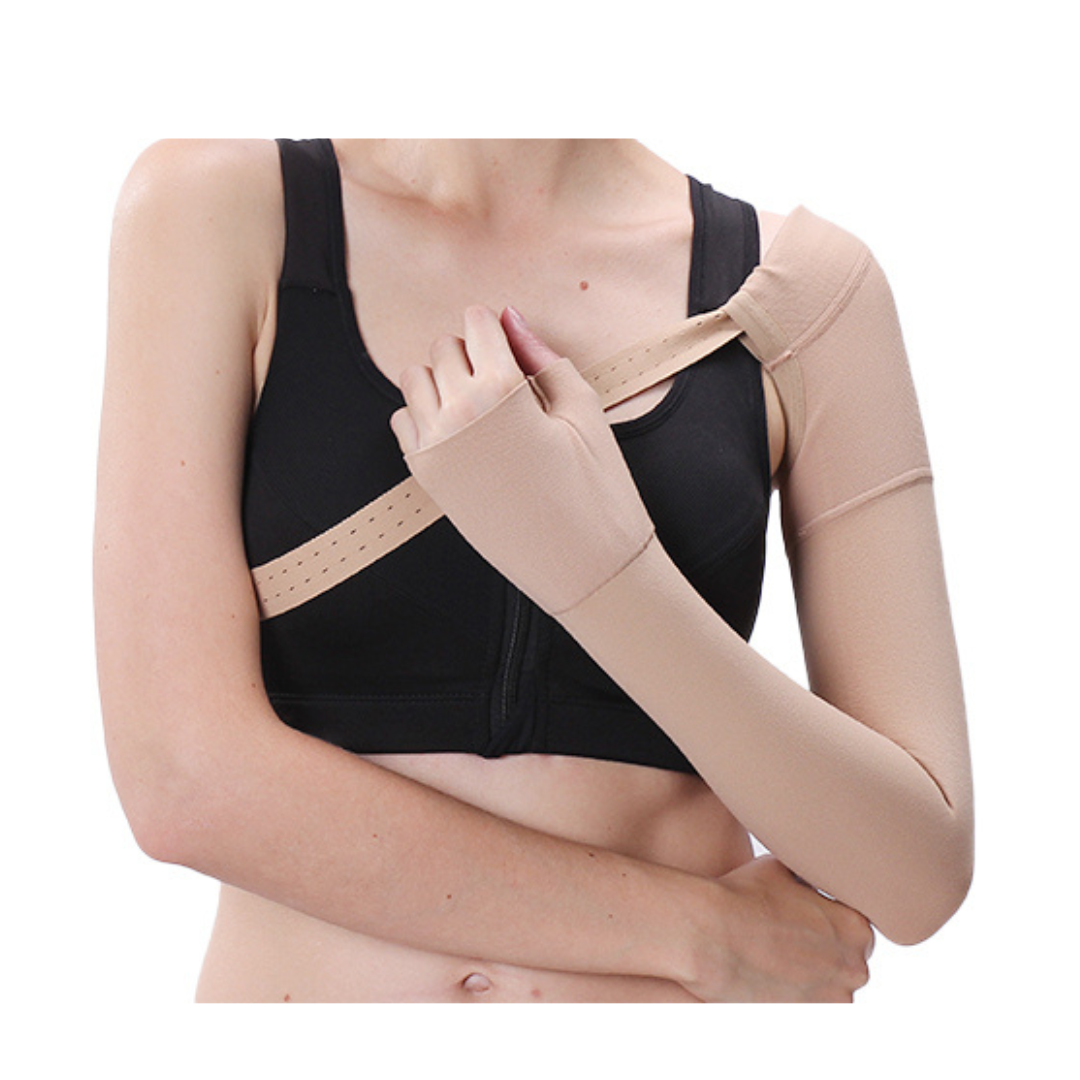Introduction
Many occupations require individuals to spend prolonged hours standing on their feet. While these jobs may have their own unique challenges and demands, one significant concern that often arises is the increased risk of developing varicose veins. In this informative guide, we will delve into the reasons why standing jobs pose a higher risk for varicose veins and explore the contributing factors that make individuals in these professions more susceptible.
Impaired Blood Circulation
One of the primary reasons why standing jobs pose a higher risk for varicose veins is the impact on blood circulation. When standing for extended periods, especially in a stationary position, the natural pumping action of the calf muscles that helps circulate blood back to the heart becomes less efficient. This leads to blood pooling in the lower legs and increases the pressure on the veins, which can eventually result in the development of varicose veins.
Increased Venous Pressure
Standing for long durations also puts greater pressure on the veins in the lower extremities. Gravity plays a significant role in this regard, as it causes blood to pool in the legs and increases the workload on the veins to pump the blood against gravity. Over time, this sustained pressure can weaken the vein walls and valves, leading to the formation of varicose veins.
Lack of Muscular Movement
Another factor that contributes to the increased risk of varicose veins in standing jobs is the limited muscular movement. Standing in one position for hours restricts the movement of the calf muscles, which are responsible for aiding blood flow back to the heart. The lack of muscle contraction and relaxation reduces the pumping action required to propel blood upward, further exacerbating the risk of varicose veins.
Prolonged Strain on Veins
Standing for prolonged periods also puts strain on the veins themselves. The constant pressure and weight-bearing impact on the veins can weaken their structure over time. Additionally, individuals in standing jobs may also experience repetitive stress or strain on specific areas, such as the feet or ankles, which can further contribute to the development of varicose veins.
Occupational Factors
Certain occupational factors can amplify the risk of varicose veins in standing jobs. These include wearing restrictive footwear, such as high heels or tight shoes, which can impede blood flow and increase pressure on the veins. Similarly, working in environments with high temperatures or poor ventilation can lead to heat-related swelling and further compromise vein health.
Conclusion
Standing jobs present unique challenges when it comes to the risk of varicose veins. Impaired blood circulation, increased venous pressure, limited muscular movement, and prolonged strain on the veins contribute to the development of varicose veins in individuals with these occupations. Understanding these factors is crucial for taking proactive measures to minimize the risk, such as incorporating regular breaks for movement, wearing comfortable and supportive footwear, practicing leg exercises, and considering the use of compression stockings. By addressing these concerns, individuals in standing jobs can prioritize their leg health and mitigate the risk of varicose veins.
